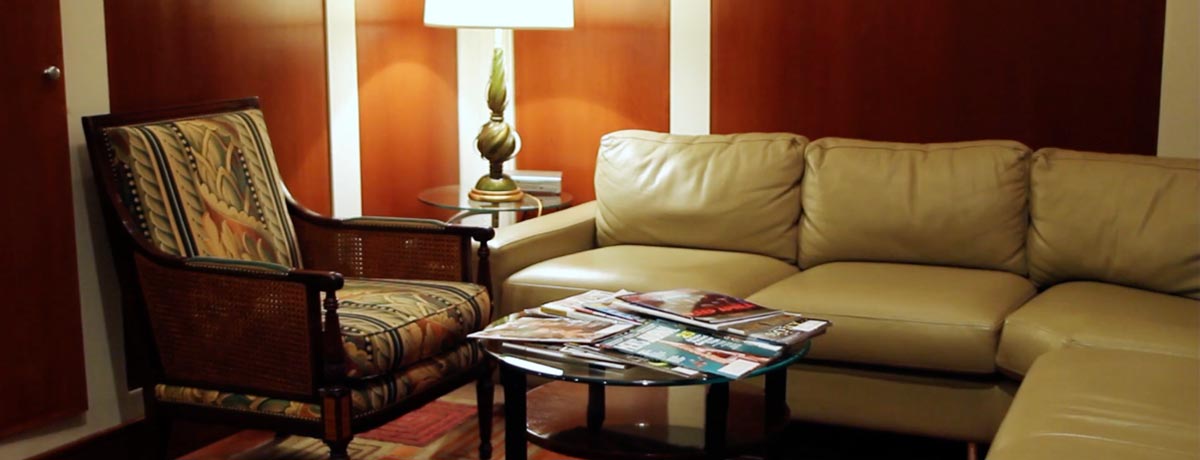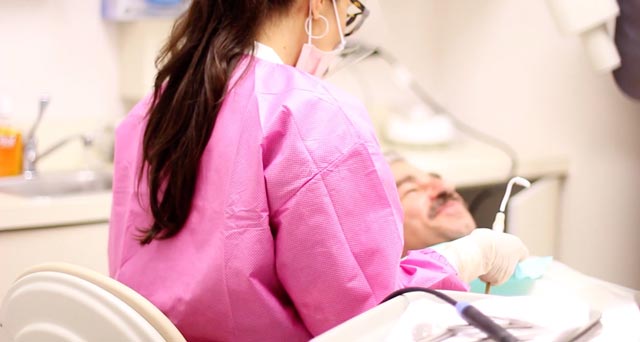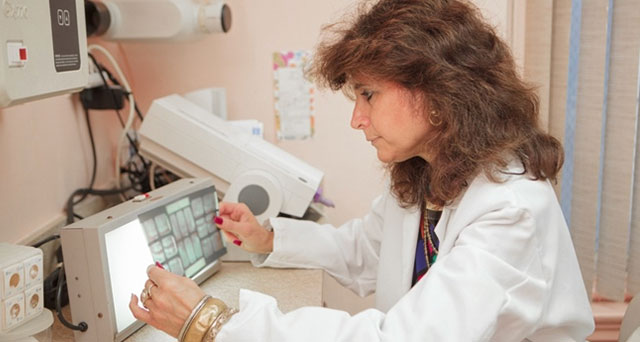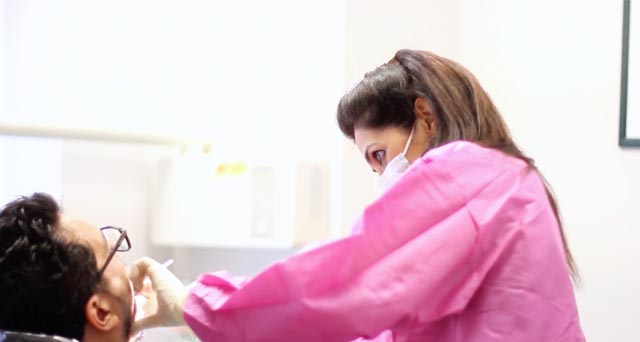Lesley Rosenthal, DDS
Welcome to the office of Lesley Rosenthal, DDS and Gilbert Beldengreen, DDS (retired). With over 100 years of combined dental experience, we look forward to having you as a patient and thank you for selecting us for your dental care.
Testimonials
Visit Our Practice

Appointment Request
Please note that e-mail is not a secure form of communication. Medical information placed here may not be confidential. Please use this form to send your contact information, and we will respond to your inquiry using a secure method. This form should not be used by children under the age of 18.
Share Our Site




